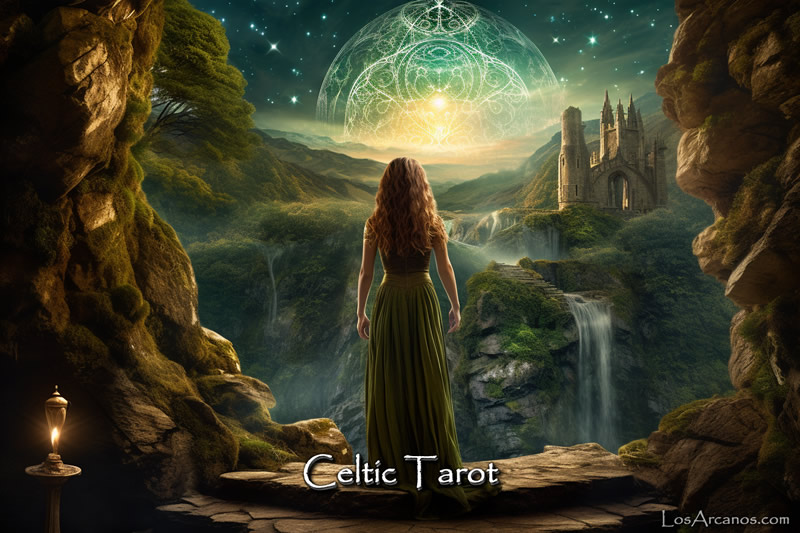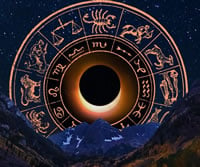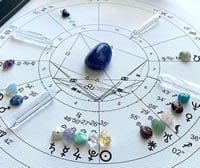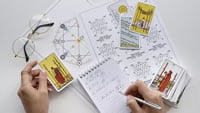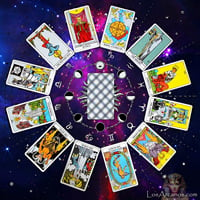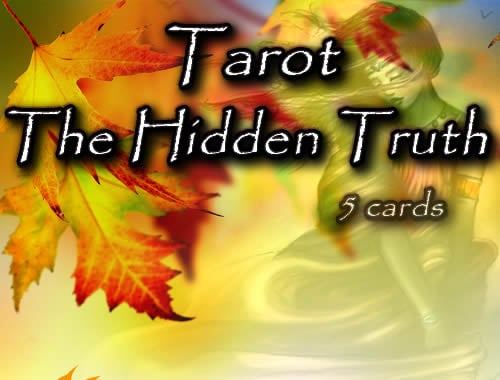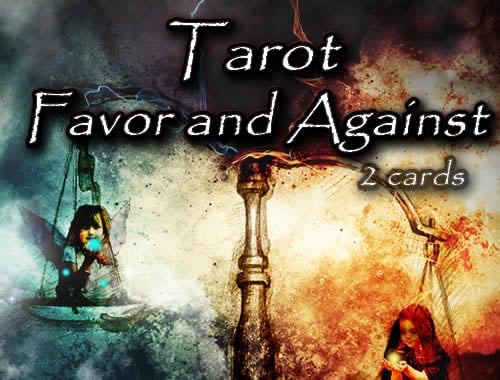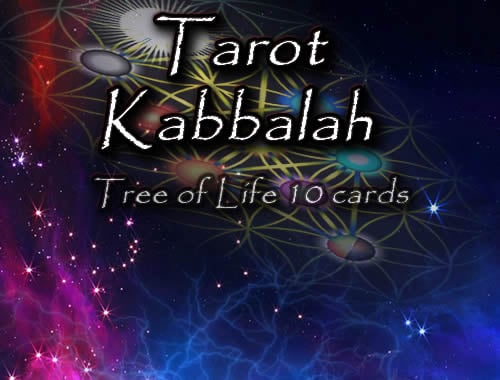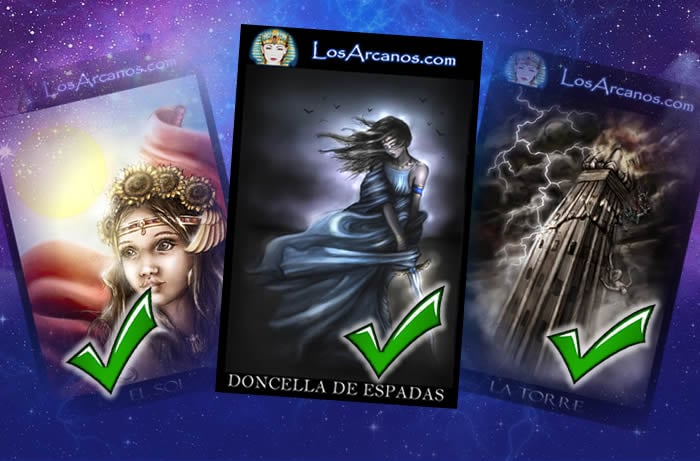
Unraveling the Mystique of the Celtic Cross Tarot Reading: Origins, Composition, and Benefits
For centuries, tarot cards have captured the imaginations of seekers, providing them with insights into the past, present, and future. Among the numerous tarot spreads, the Celtic Cross stands as one of the most revered and enigmatic. In this article, we will delve into the origins of the Celtic Cross tarot reading, explore its composition, and shed light on the unique benefits it offers to those who seek its wisdom.
Origins of the Celtic Cross Tarot Reading
The exact origins of the Celtic Cross tarot reading are shrouded in mystery, adding to its esoteric allure. Some believe that the spread was developed by early Celtic druids, while others attribute it to the Golden Dawn, a renowned esoteric society that played a pivotal role in shaping modern tarot practices. Regardless of its precise origins, the Celtic Cross has evolved into a deeply symbolic and versatile tarot spread.
Composition of the Celtic Cross Tarot Reading
The Celtic Cross is composed of ten cards, each positioned in a specific place within the spread. The layout itself forms a cross, with additional cards revealing deeper insights. Below is a breakdown of the position and significance of each card:
- The Significator: This card represents the querent (the person asking the question) and sets the tone for the reading, reflecting their current state of mind.
- The Crossing Card: This card is placed horizontally over the Significator, signifying the challenge or obstacle the querent faces in their life.
- The Foundation: Positioned beneath the Significator, this card delves into the root cause of the situation or the foundation upon which the issue stands.
- The Past: Placed to the left of the Significator, this card sheds light on past events or influences that have shaped the current circumstances.
- The Crown: Positioned above the Significator, this card represents the querent’s aspirations, ideals, and spiritual goals.
- The Future: Placed to the right of the Significator, this card offers insights into potential outcomes or events that may unfold in the future.
- The Self: Positioned to the bottom-left of the Significator, this card delves into the querent’s innermost thoughts, feelings, and attitudes towards the situation.
- External Influences: Placed to the top-right of the Significator, this card reveals external forces or people that might impact the querent’s life.
- Hopes and Fears: Positioned above the Self card, this card uncovers the querent’s hopes, fears, and subconscious desires related to the issue at hand.
- Final Outcome: This card represents the potential resolution or outcome of the situation, providing closure to the reading.
Benefits of the Celtic Cross Tarot Reading
The Celtic Cross tarot reading offers several distinct benefits for those seeking guidance:
- Comprehensive Insight: With ten cards in play, the Celtic Cross provides a thorough examination of the querent’s situation, offering a comprehensive view of the past, present, and potential future.
- Symbolic Depth: The spread’s positions and card placements hold rich symbolism, allowing the reader to tap into layers of meaning and nuance.
- Problem Solving: By identifying challenges and external influences, the Celtic Cross empowers the querent to make informed decisions and take appropriate actions.
- Self-Reflection: The spread encourages introspection, enabling individuals to gain deeper insights into their emotions, beliefs, and desires.
- Spiritual Growth: With its focus on aspirations and spiritual goals, the Celtic Cross aids in fostering personal growth and enlightenment.
Conclusion
The Celtic Cross tarot reading remains an enduring and influential tool in the realm of tarot divination. Its origins may be shrouded in antiquity, but its ability to provide profound insights into the querent’s life and offer guidance on their journey remains unmatched. Whether you are a tarot enthusiast or a curious seeker, the Celtic Cross tarot reading promises a transformative experience, bridging the gap between the known and the mystical.
refreshBack to Articles
Related Posts
latest articles
We all have or have had inside us unresolved feelings even though sometimes we are not aware of them. Inconveniences, difficulties and complications ...
Tarot reading in favor and against shows the two different ways that a given situation has and which aspects are in favor and which ones are against
Kabbalah tarot reading is a group of mystical concepts that precede any religions and it is considered a revelation from God to mankind.
Select which Tarot card the following description corresponds to

